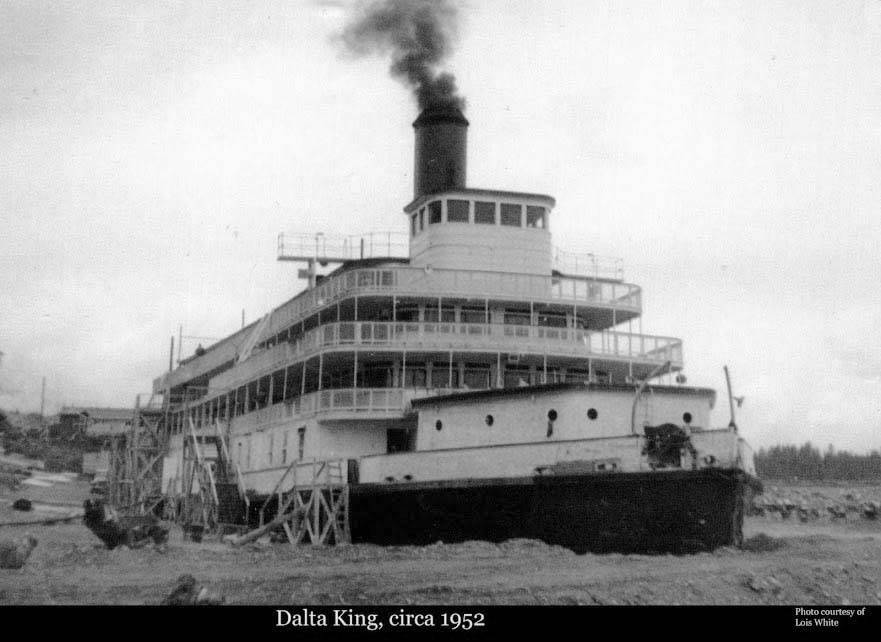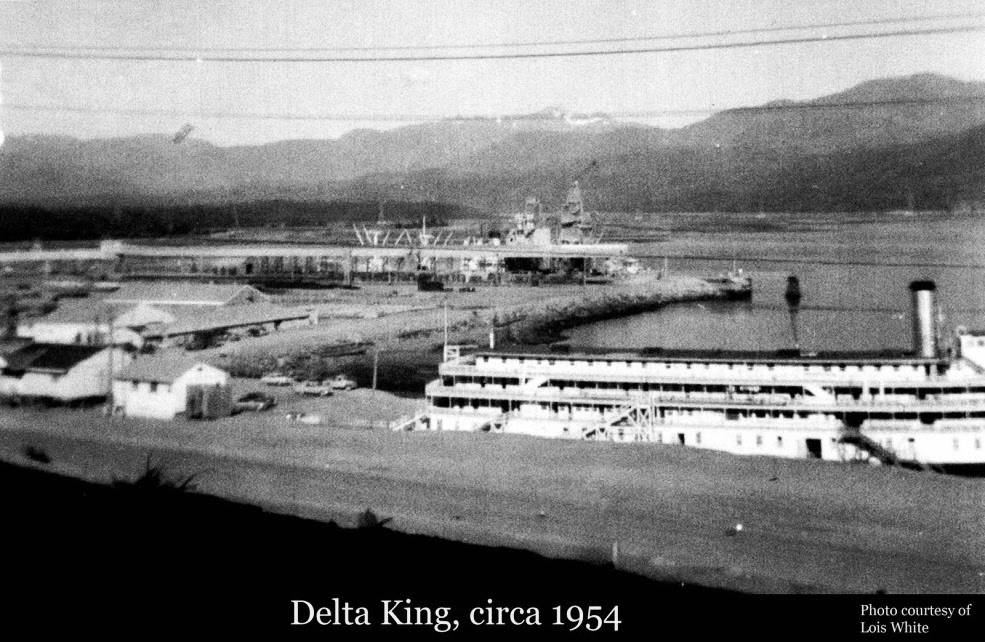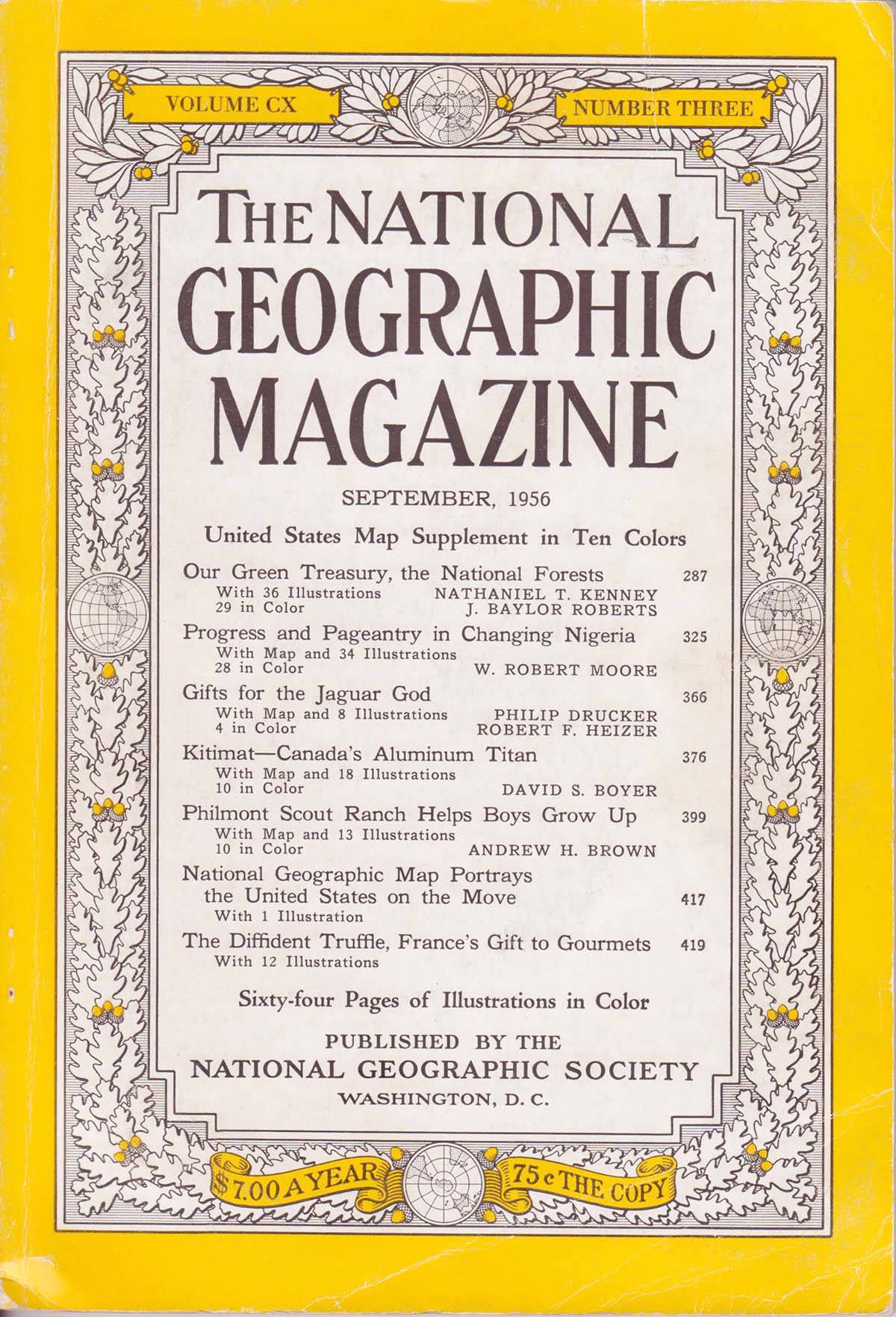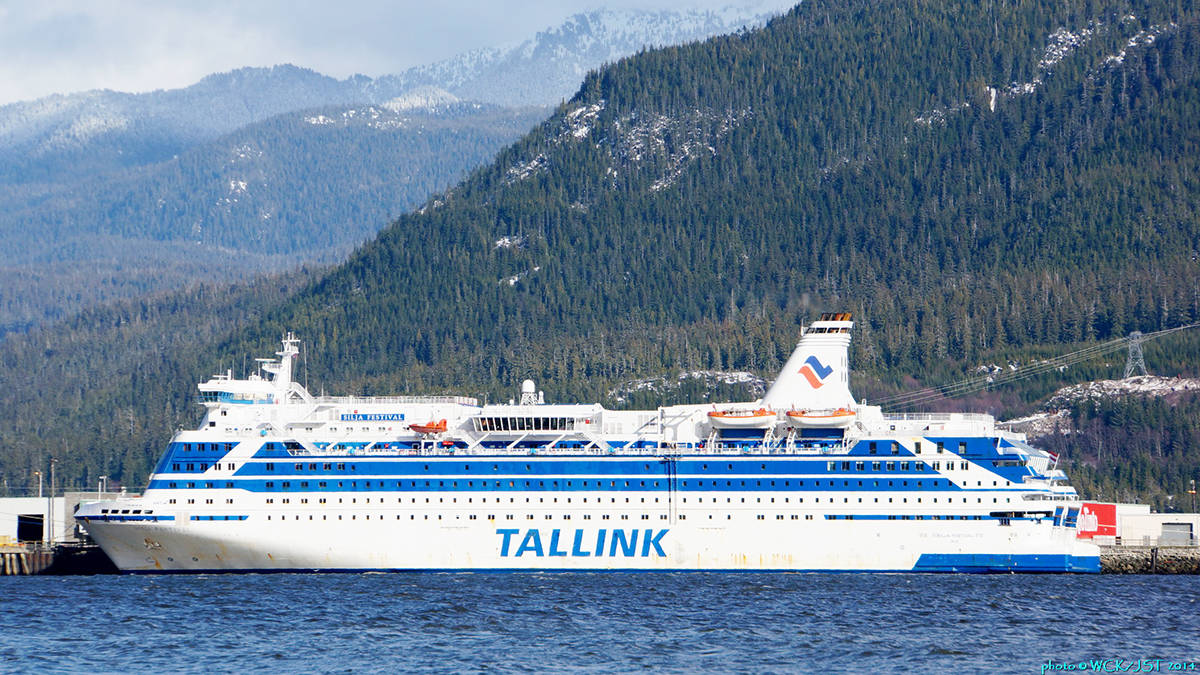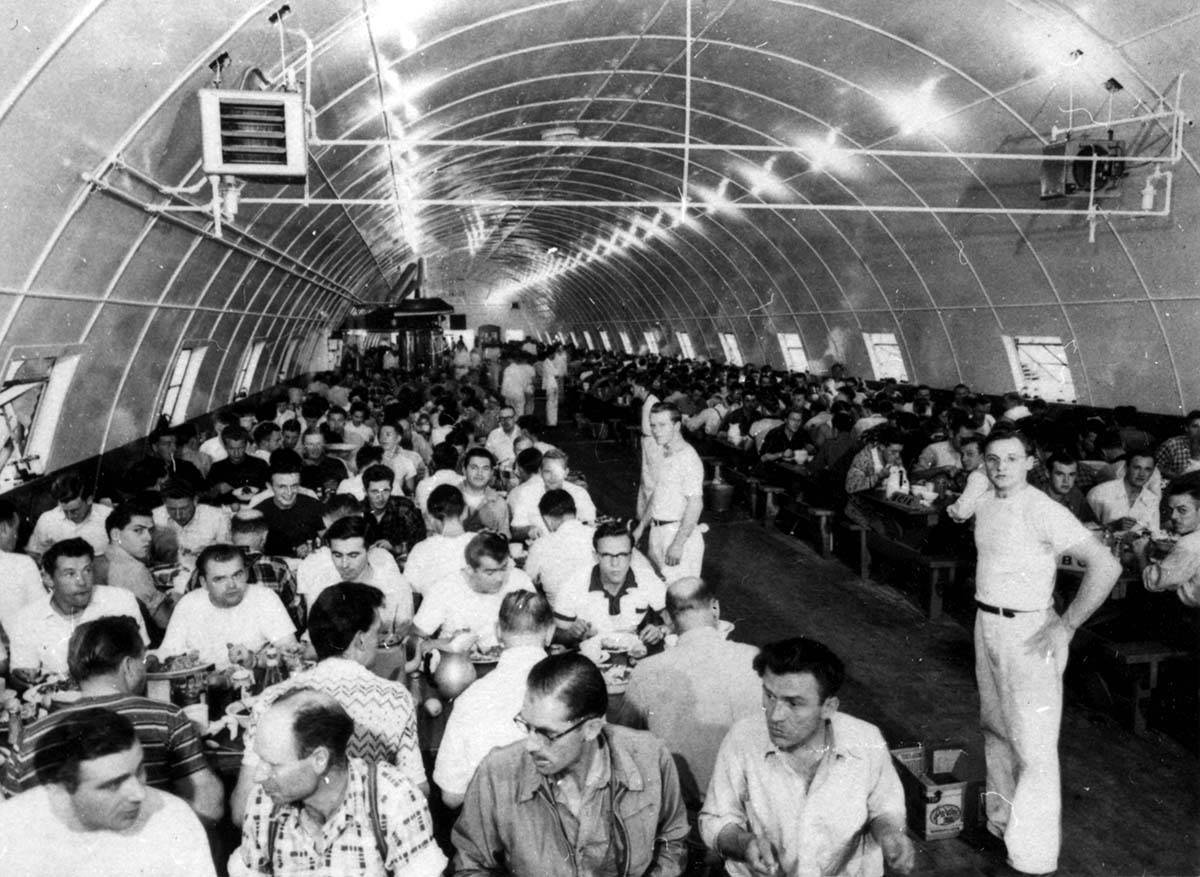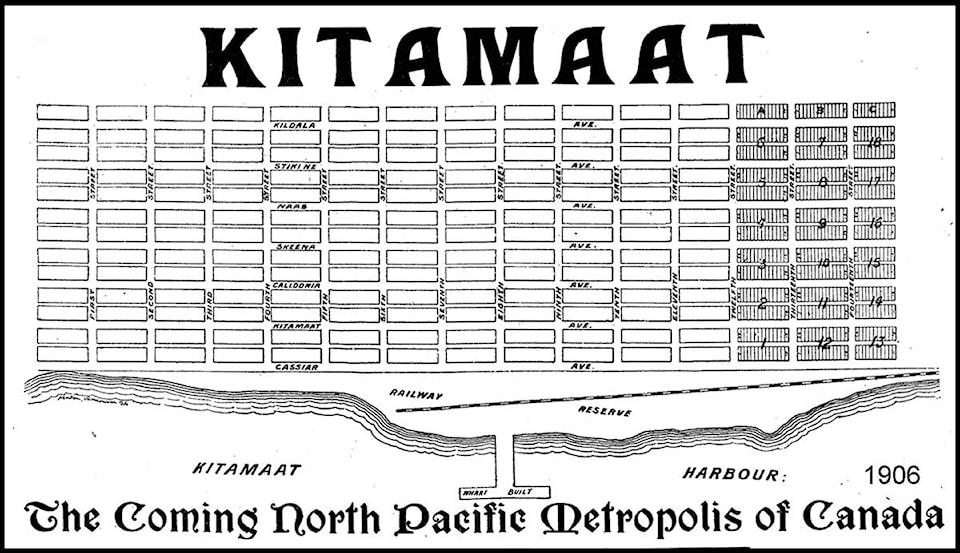By Walter Thorne
By 1950 there wasn’t much happening when you looked northwest across Douglas Channel from Kitamaat Mission. It was still rather quiet, pristine and devoid of human presence. Even the pioneer ranchers of the estuary had all disappeared, leaving only a few buildings and artifacts.
The five hundred or so souls of Kitimaat Village had it all to themselves.
But a new development scheme had been proposed and the Haisla were about to witness one of the most rapid and profound transformations to the landscape ever seen in B.C. - the Alcan project.
Development of the aluminum smelter and accompanying town got underway in April 1951 when the first barges and towboats arrived with pile drivers and bulldozers. But while this was to be the grand-daddy of all booms, it was not the valley’s first.
The first was five decades earlier in 1900 when developer Charles Clifford began to promote Kitamaat in earnest, describing its harbour as the finest on the Pacific seaboard without exception. In 1903 Clifford was elected MLA for Skeena and continued to be an avid promoter of Kitimat.
By then he had put his money where his mouth was by building a nice new wharf and hotel near the Moon Bay, to the south of present-day Alcan Beach. Development potential had speculators salivating.
When the giant Grand Trunk Pacific (GTP) terminus location was proposed for the inner harbour at Minette Bay, Kitamaat’s first boom took off. In 1906 lots were selling in Vancouver on the not even surveyed sites at Minette Bay. And the boom did bring focus and attention to Kitimat’s estuary lands. A handful of pioneer ranchers imagined rocketing real estate values, and new docks and schools.
However, the euphoria was short-lived. Kitimat’s almost boom and Clifford’s dream came to a crashing halt in 1907 when GTP chose a new site on Kaien Island (Prince Rupert) instead. Folks would have to wait a half century for the real boom to occur.
The building of Kitimat in the 1950s was certainly massive in scale, was the talk of the country and was covered around the globe - even the world-renowned National Geographic and Popular Mechanics published features on our town.
National Geographic’s extensive feature was called Kitimat, Canada’s Aluminum Titan. Popular Mechanics titled their article Building Canada’s Colossus. The articles showed towering powerlines and teams of massive bulldozers transforming the land in what became the largest single private investment in Canadian history.
It is said that in 1955 dollars $500 million was spent. In today’s terms that would certainly be in excess of $20 billion. Kitimat’s project was full of superlatives: the world’s largest insurance contract, the world’s longest penstock and all kinds of national achievements.
The project involved a large interior crew working on the Kenney Dam and reservoir and there was an even larger camp and crew in Kemano working on the tunnel, powerhouse and townsite while in Kitimat there were the four or so work camps associated with building the smelter and first residential neighbourhoods of Kitimat.
About 5,000 were working in the Kitimat camps, including Smeltersite, Delta King, Anderson Hill and Sagimat. There were further camps for building both the CN railway line and the highway connection from Terrace. The camps were varied but the most special was the Delta King riverboat parked on the shore near Hospital Beach.
Kitimat was a boom town complete with much mud, snow and men - it was said at the time that the man to woman ratio at one point was 100:1. Fortunes were made and companies built - two infant companies which went on to great success were Okanagan Helicopters and Pacific Western Airlines.
The start up boom didn’t even last a decade.
The setbacks of the winter of 1955 when avalanches took out the power transmission line from the Kemano power house and the Kitimat smelter for seven days - ruining much of the Aluminum plant’s infrastructure - were hard to take, but at least there were no layoffs.
But when a couple of years later the bottom fell out of the aluminum market, hundreds lost their jobs. Primary school teacher Dorothy Egan (Leuze) recounted how the classroom at Kildala School just didn’t fill up one afternoon.
Many kids who had been there in the morning just didn’t show up in the afternoon - their parents had pulled them out after dads received brutally unexpected layoff notices in the morning. The kids and their families were gone, many leaving houses and mortgages and often new furniture with payments owing, likely purchased at the intown Hudson’s Bay Store.
It was savage, but that is the way of boom and bust.
Kitimat however did bounce back and grew through the 50s, 60s and early 70s. There was a new boom in the late 60s when a workforce of nearly three thousand Dillingham workers showed up to build a sawmill and two pulp and paper machines for the Eurocan pulp and paper plant.
Some other enterprises that later provided employment were the government hatchery and the Ocelot Methanol plant (later to become Methanex).
Over the decades declines in retail and services occurred as these jobs became centralized in Terrace, which became the retail/service centre of the Northwest. And in the early years of the new century, Kitimat suffered consecutive disappointments.
We first loss Eurocan’s sawmill at the beginning of 1982, then the Forest Service office, the folding of School District 80, the closing of Methanex and many others. Kitimat’s hardest lump to swallow was the closure of Eurocan’s entire operation in early 2010 which brought our town to its knees. The loss of more than 550 workers virtually overnight was devastating.
Fortunately by 2013 Kitimat had rebounded. Rio Tinto was rebuilding its smelter and two big LNG companies (Shell and Chevron) were spending mega dollars on site preparation.
Some folks who had lived through Kitimat’s infancy wondered whether the glory days were back. There was an overpacked airport, bumper-to-bumper traffic on the highway jammed with heavily-loaded transport trucks and two massive Atco work camps in town. Even a chartered cruise ship was hired for extra accommodation in the harbour.
About five billion dollars was spent on the Rio Tinto Smelter Modernization and many millions more on the first stages of LNG site preparation. This was certainly a huge boom for the local and regional economy.
In comparison with the boom sixty years earlier which had ushered in the Alcan era, there were some commonalities. Consensus is that the 2014 version was much smaller in scope.
Construction camps in 1954 were larger and more numerous. In 2014 there was just the Atco camp adjacent to Rio Tinto’s smelter with close to 1,800 workers and the cruise ship housing an extra six hundred.
At the time of writing this in the Fall of 2018, the upswing that Kitimat is currently experiencing is certainly a sizeable boom, potentially much larger than the Smelter Modernisation. Some say it rivals the Alcan project in size and scope and, at $40 billion, prime minister Trudeau says it is the largest single private sector project in the history of the nation.
But is it? Is it really larger than the Alcan project of the 50s. Not likely.
For example the camps associated with the Alcan project accommodated at least 8,000. Today they predict the LNG Canada (Shell and partners) start up will require close to 4,500 workers in the main work camp and of course with other project-related visitors housed in hotel space and homes in the Kitimat-Terrace area.
The Alcan project was important and well-reported, attracting guests and dignitaries, even Royal in nature - Prince Phillip was on hand for the first ingots poured in 1954. Will the new LNG boom generate as much interest?
It is clear that aside from construction jobs, the LNG Canada project predicts only a small permanent workforce of a few hundred. In contrast the Alcan Project of the 50s was planned to deliver several thousand permanent jobs.
However, what is actually built can fall well short of the grand plan. For example, the Kemano power house was to have sixteen electric turbines. Only half that number were installed. And the heady dreams of a 50,000 population city turned out to be just that.
Clearly Kitimat booms have been big, but so have its busts as the town lurched from one industrial swing to another - it’s either feast or famine, as a century of history tells us.
But through all the ups and downs, two things have remained constant: Kitimat is located in the midst of enthralling wilderness and it is always open to new proposals.
Who knows, one of those might trigger the next boom.
